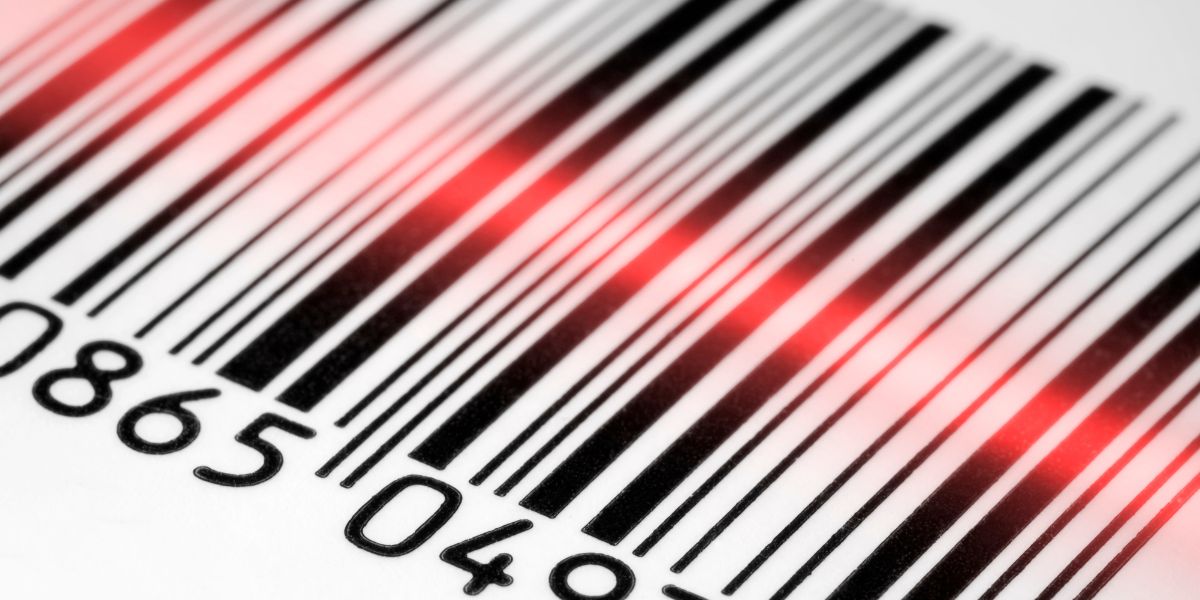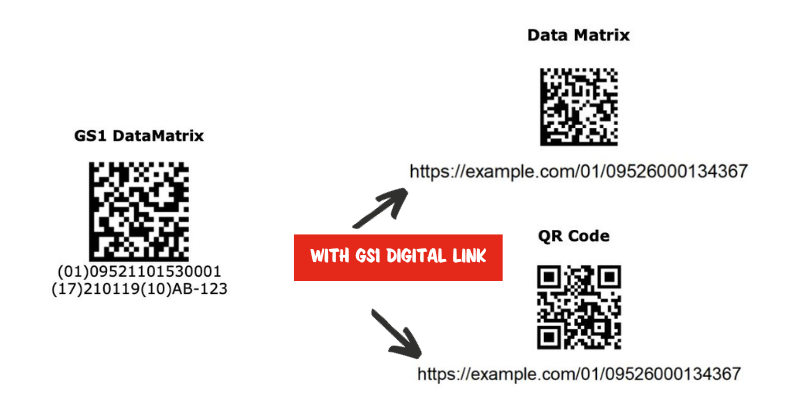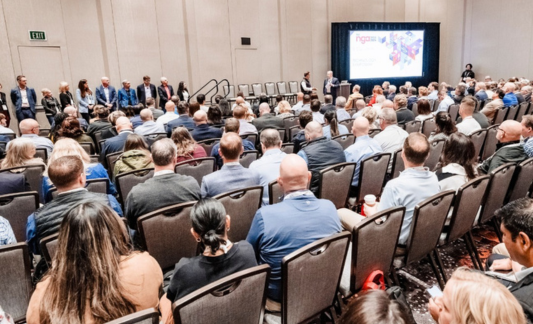Help Isom IGA recover from devasting floods

Close your eyes and think about your store. What do you hear? The "blip" of items being rung up by cashiers?
That "blip" sound is the result of the one-dimensional (1D) barcode, which has offered price lookup functionality for decades. Known as the GS1 barcode, it was created 50 years ago to transform grocery shopping and empower more reliable and resilient supply chains.
Industry leaders came together to create the barcode, which has allowed a simple scan at checkout to connect a physical product to its digital identity — and information that could be shared in stores and throughout the supply chain.
Since then, GS1 standards have powered more reliable and transparent supply chains across industries, including retail, healthcare, and transport and logistics. The standards allow retailers to track products at every stage of the supply chain, minimizing waste and maximizing cash flow. In healthcare, they monitor medication and ensure optimal use of resources like MRI scanners. The standards also deliver a framework for real-time tracking, traceability, and supply chain optimization in logistics.
And now with traceability at the forefront of retail, as well as growing demand for more product information, transparency, and product authentication, it's time to move beyond the classic barcode.
The industry is moving toward two-dimensional (2D) barcodes that can carry more information. These 2D barcodes will allow for a standardized way to meet both supply chain needs and evolving consumer requirements.
The information carried by 2D barcodes can also help enable:
- Improved inventory management
- Enhanced recall readiness
- Greater sustainability and ethical sourcing practices
- Better product authentication
This move to a more powerful code requires all retail stores to enable scanning capabilities of 2D barcodes at point-of-sale (POS) by 2027.
The Independent Grocers Alliance (IGA) is helping GS1 US®, the U.S. branch of the international not-for-profit association that issues barcode standards, understand how to better aid independent grocers in this transition.
To start, we need your help! Please complete this brief, two-question survey about your scanners so we can benchmark where the independent grocery industry is right now.
Moving Toward 2D Barcodes
Transitioning to 2D barcodes for POS is a multi-step process, which GS1 calls Sunrise 2027. The initiative lays out a plan to help ensure 2D barcodes will be scanned and processed at any retail POS by the end of 2027. It is imperative that GS1, as a neutral global standards body, coordinate this effort to ensure that recommendations and guidance include the needs of all stakeholders to help produce a fully interoperable solution that will work for all parties in the value chain.
 Examples of GS1 2D barcodes
Examples of GS1 2D barcodes
Retail Requirements
To prepare for Sunrise 2027, retail POS scanners and systems must be transformed to process 2D barcodes and continue to have efficient checkout capabilities. At a minimum, price lookup systems need to be able to use the Global Trade Item Number® (GTIN®) encoded in 2D barcodes.
Take our two-question survey to help IGA and GS1 determine what resources independent grocers need to make the transition to 2D by 2027.
Want to know more about GS1 and barcode standards? Visit their website here.
You May Also Like
These Stories on Feature Story
Dec 9, 2025 4:16:05 PM |
6 min read
Nov 19, 2025 6:04:44 PM |
5 min read
Nov 12, 2025 10:09:52 AM |
2 min read




No Comments Yet
Let us know what you think